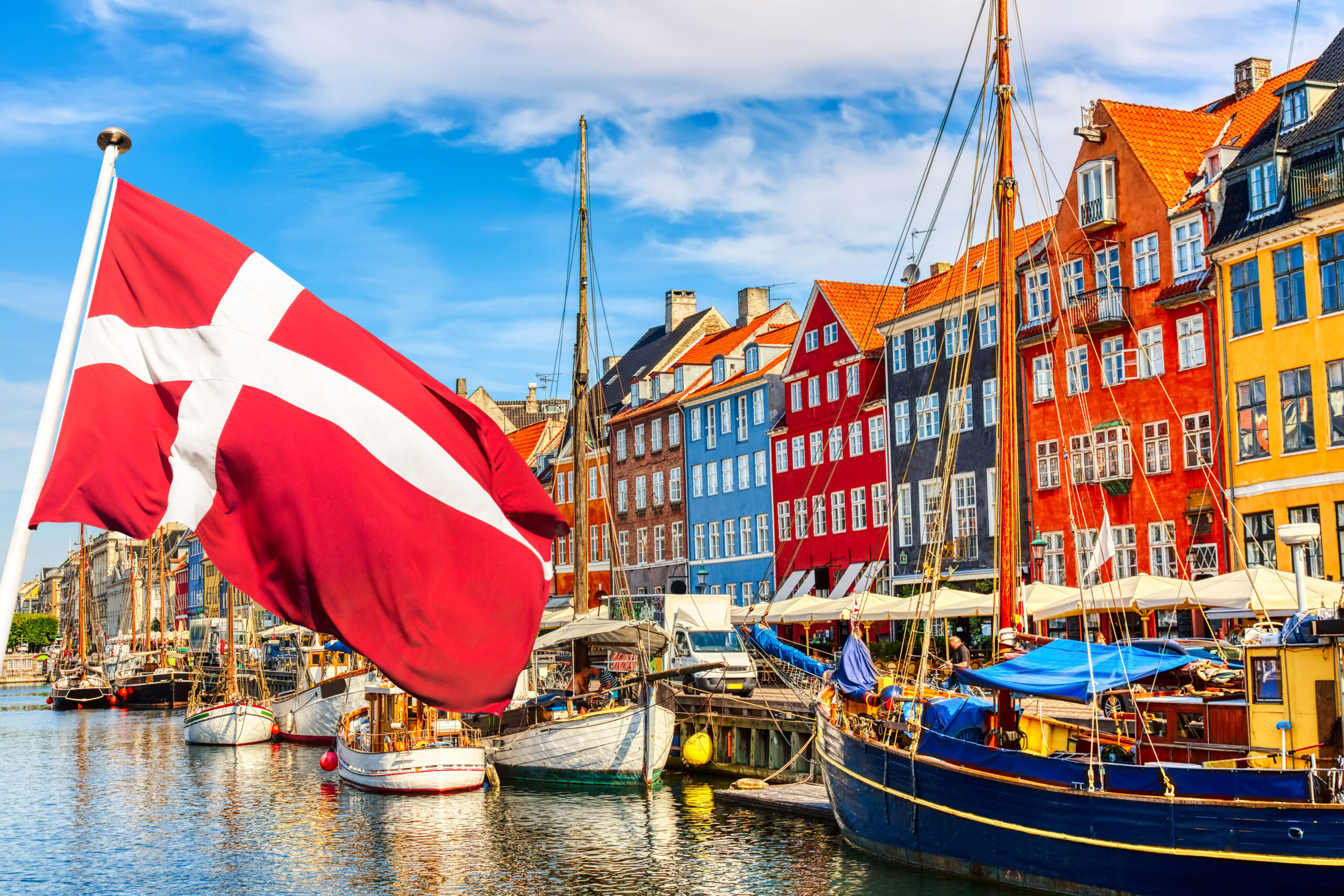When I studied abroad in Copenhagen during my undergraduate years at Cornell, I had no idea just how transformative that experience would be. Spending a year immersed in Danish culture and urban design opened my eyes to possibilities I hadn’t imagined. Denmark’s commitment to sustainability wasn’t just a theoretical concept—it was a way of life. From green rooftops to pedestrian-friendly streets, every design choice seemed to reflect a deep respect for the environment and the people who lived in it. Today, as a landscape architect in New York City, I often find myself drawing on those lessons to create greener, more livable urban spaces.
The Danish Way: A Culture of Sustainability
One of the first things I noticed in Copenhagen was how seamlessly sustainability was integrated into everyday life. Bike lanes were everywhere, not as an afterthought but as a primary mode of transportation. Public parks were plentiful, thoughtfully designed to encourage community use and ecological health. Even buildings had green roofs and facades that blended harmoniously with the natural environment.
What struck me most was how these elements weren’t just for show. Sustainability was ingrained in the culture. People didn’t just appreciate green spaces—they actively participated in preserving and enjoying them. It was a stark contrast to what I’d seen in many American cities, where green infrastructure often felt like an isolated effort rather than a collective ethos.
Green Corridors: A Lifeline for Cities
One project that left a lasting impression on me was Copenhagen’s network of green corridors. These linear parks and pathways connect different parts of the city, providing spaces for walking, biking, and community gatherings. But their benefits go beyond recreation. These corridors improve air quality, support local wildlife, and manage stormwater—all while making the city more beautiful and accessible.
Years later, when I was tasked with designing the Brooklyn Green Corridor, I couldn’t help but think back to those Danish pathways. My goal was to replicate that multifunctionality: creating a space that wasn’t just about aesthetics but also about solving real urban challenges. By incorporating native plants, permeable pavements, and strategic water management systems, we created a corridor that serves both people and the planet.
Rethinking Rooftops
Another key lesson from Denmark was the potential of rooftops. In Copenhagen, I saw everything from small gardens to full-scale farms flourishing atop buildings. Rooftop spaces were treated as an extension of the city’s green infrastructure, not wasted potential.
When I returned to New York, I knew this was an area where we could do better. Most rooftops here were barren and underutilized. At GreenScape NYC, we’ve worked to change that by designing carbon-neutral rooftop gardens. These spaces don’t just beautify the city—they also reduce energy costs, capture stormwater, and improve air quality. It’s incredibly rewarding to see these once-forgotten spaces become vibrant hubs of activity and environmental stewardship.
Community as a Driving Force
In Denmark, I was inspired by how urban greening projects brought people together. Community involvement wasn’t just encouraged; it was a cornerstone of success. Locals participated in the planning, maintenance, and use of green spaces, fostering a sense of ownership and pride.
This lesson has shaped how I approach my projects in New York. For example, when we were developing the Green Neighborhoods Initiative during my time with NYC Parks and Recreation, we made community engagement a top priority. We hosted workshops, organized planting days, and sought input from residents at every stage. The result wasn’t just a series of new parks—it was a stronger sense of community.
Challenges of Adapting European Ideas
Of course, adapting European urban greening techniques to New York hasn’t been without its challenges. Our city’s scale, density, and infrastructure constraints can make it difficult to replicate some of the solutions I saw in Copenhagen. Funding is another hurdle. Many European cities benefit from substantial government investment in sustainability, whereas American projects often rely on a mix of public and private funding.
Still, these challenges have pushed me to be more creative. For instance, instead of expansive green corridors, we’ve focused on smaller, interconnected spaces that achieve similar benefits. And by forging partnerships with local businesses, community groups, and nonprofits, we’ve been able to secure resources for projects that might otherwise have stalled.
A Vision for the Future
Reflecting on my time in Denmark, I’m reminded of the power of bold, forward-thinking design. The lessons I learned there continue to guide my work, whether it’s designing a rooftop garden, restoring a wetland, or mentoring the next generation of landscape architects.
My hope for New York City is that we keep pushing the boundaries of what’s possible. Every green space, no matter how small, is an opportunity to make our city healthier, more sustainable, and more connected. It’s not just about importing ideas from abroad but about adapting them to fit our unique challenges and opportunities.
Closing Thoughts
My guiding principle has always been, “Every green space is a chance to breathe new life into the city.” That’s a belief I owe, in part, to my time in Denmark. The experiences I had there taught me that sustainability isn’t just a design challenge—it’s a mindset, a culture, and a commitment to leaving the world better than we found it.
As I continue my work in New York, I’ll keep looking to Copenhagen for inspiration while striving to create solutions that reflect the spirit and resilience of this incredible city. After all, the best urban greening projects aren’t just about replicating what works elsewhere—they’re about finding what works for us, right here, right now.
